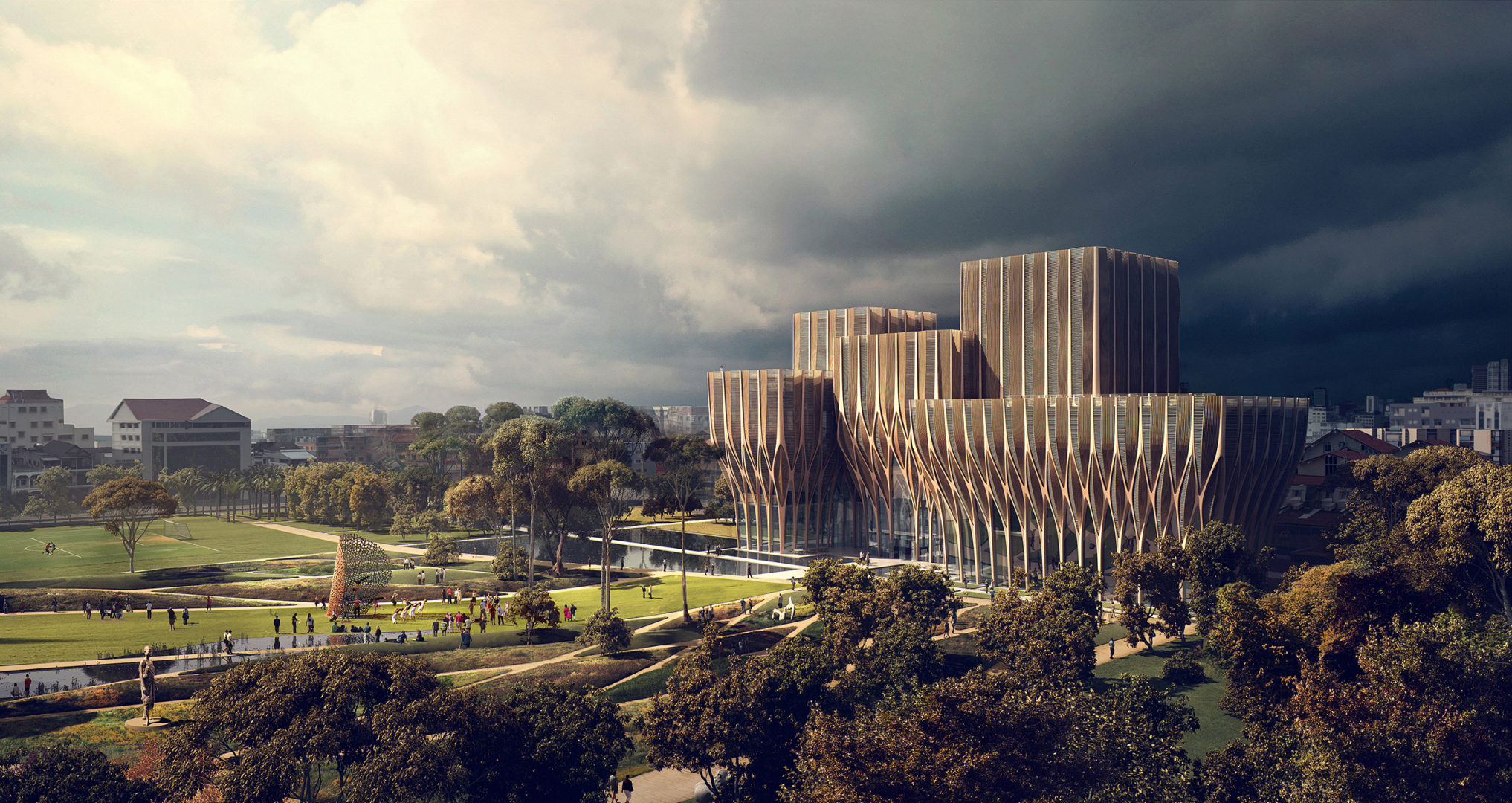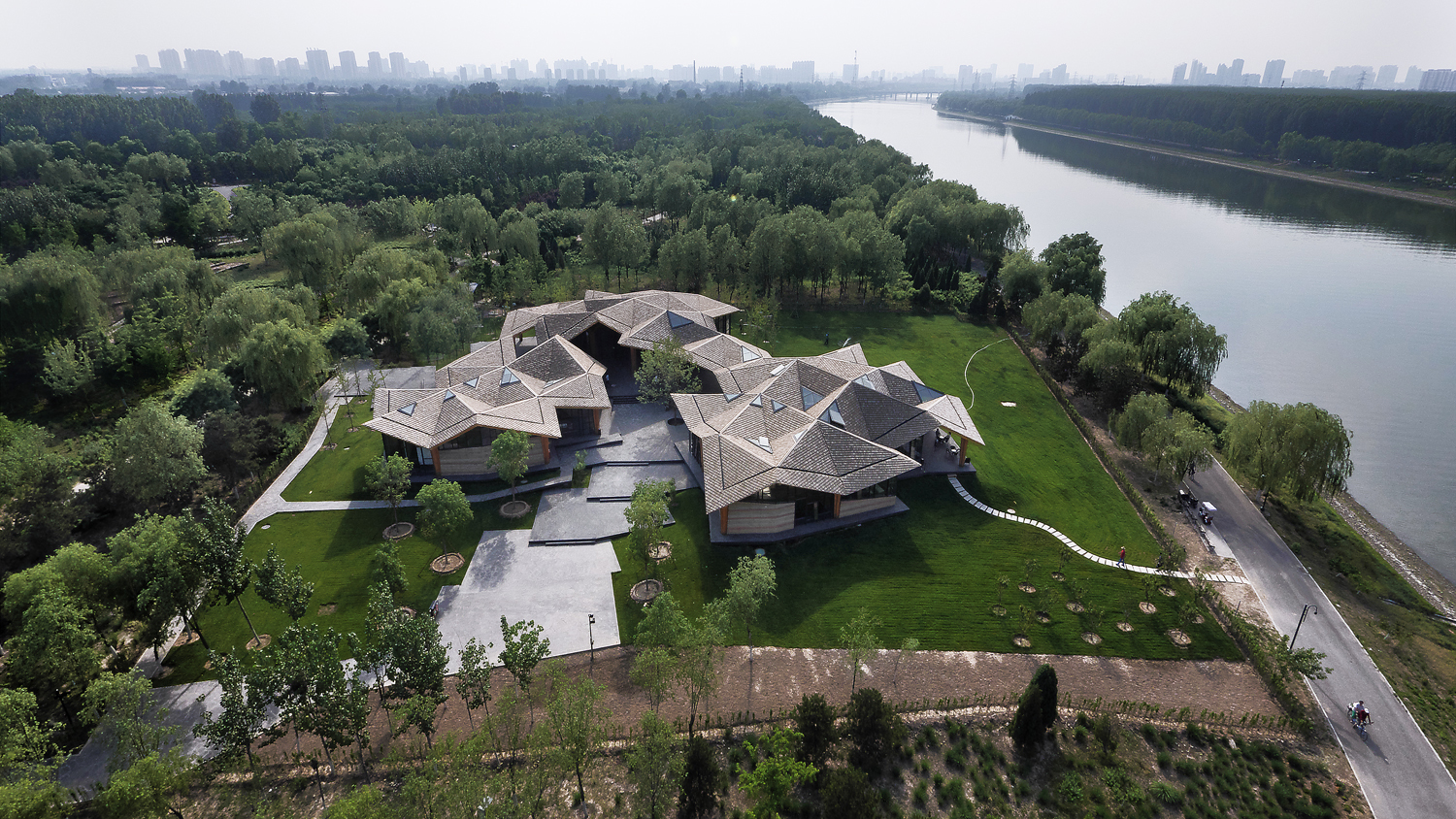Sleuk Rith Institute

With something as intangible as the human mind and his emotions, how can a tangible being like architecture alleviate the effects of a nation’s traumatic past? In an effort to answer this question, Zaha Hadid further explores the healing prowess of the built environment through the design of Sleuk Rith Institute – immortalizing Cambodia’s heroic past while looking forward to a progressive future.
Located on the grounds of Boeung Trabek High School in Phnom Penh, the Sleuk Rith Institute is a vision of human rights activist and investigator of the Khmer Rouge atrocities – Youk Chhang. The institute draws its name from sleuk riths – dried leaves used to document and preserve Cambodia’s history and culture.
An intricate spatial composition of five separate wooden structures that eventually morph into a singularity upon ascension defines the institute. Comprising of an overall footprint ranging from 2,400 sqm to 3,344 sqm at its base, the structure towers at three to eight storeys.
Each building uniquely holds an important role: a library housing the biggest collection of genocide-related materials in Southeast Asia; a graduate school focusing on human rights, genocide, and conflict studies; a research and archive center to encourage the discourse of national and regional policies; a media center, and; a public auditorium.
With the visionary and the architect facing a similar goal of deviating from the harsh, quasi-industrial, and distress-invoking design of conventional memorial models, an anagram of simple geometric forms built with locally-sourced timber mirrors light and fertility amid a past of dejection, pride, shame, and remorse.
Upon delving through the atrium of the building’s center, visitors are directed to various exhibitions leading to the school and auditorium. While the latter rests on the ground level, classrooms and officers are neatly organized around a central courtyard that continues on its upper floors.
The terraced layout of the resulting form was heavily inspired by local climatic conditions, protecting each building against the harsh, seasonal flooding of Phnom Penh.
A passively-designed form with multiple renewable energy sources heightened the institute’s ecological performance. Its louvered form minimizes the solar gain without depriving each building of natural daylight. However, thermal buffer zones were also used to protect its precious archives and exhibitions.
Wrapped in an array of harmonic pools, its water-laden surrounding reminds one of the iconic Srah Srang and Angkor Wat – capturing light and reflecting it into the building. Apart from aesthetics, water also plays a vital role throughout the institute’s operations, participating in wastewater treatment procedures, heat exchanging, and recovering water condensation from the air for future use.
In the wise words of Youk Chhang, the best memorials are not supposed to be visited once, contemplated once, and filed away. Instead, the best memorials are those evoking reflection and commemoration while serving as living, dynamic public spaces that bind multiple generations together into a healing embrace.
- Cambodia
- Zaha Hadid Architects
- https://www.zaha-hadid.com/architecture/sleuk-rith-institute/



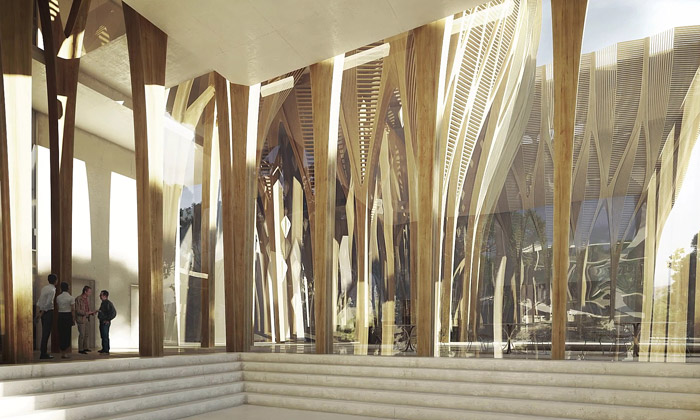
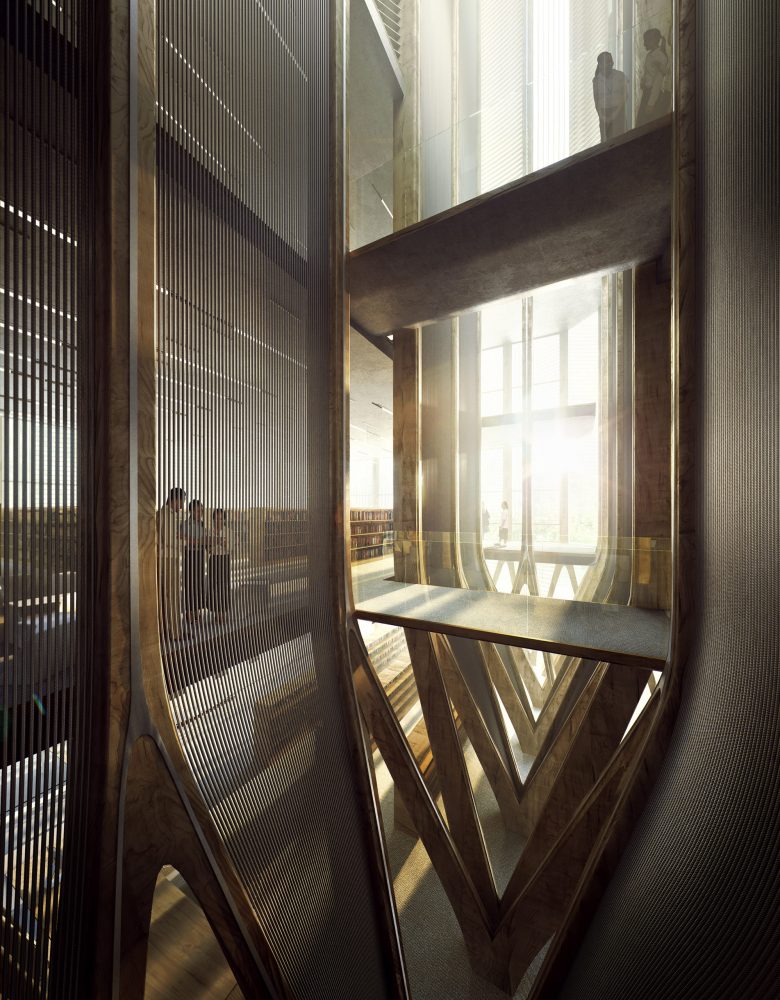
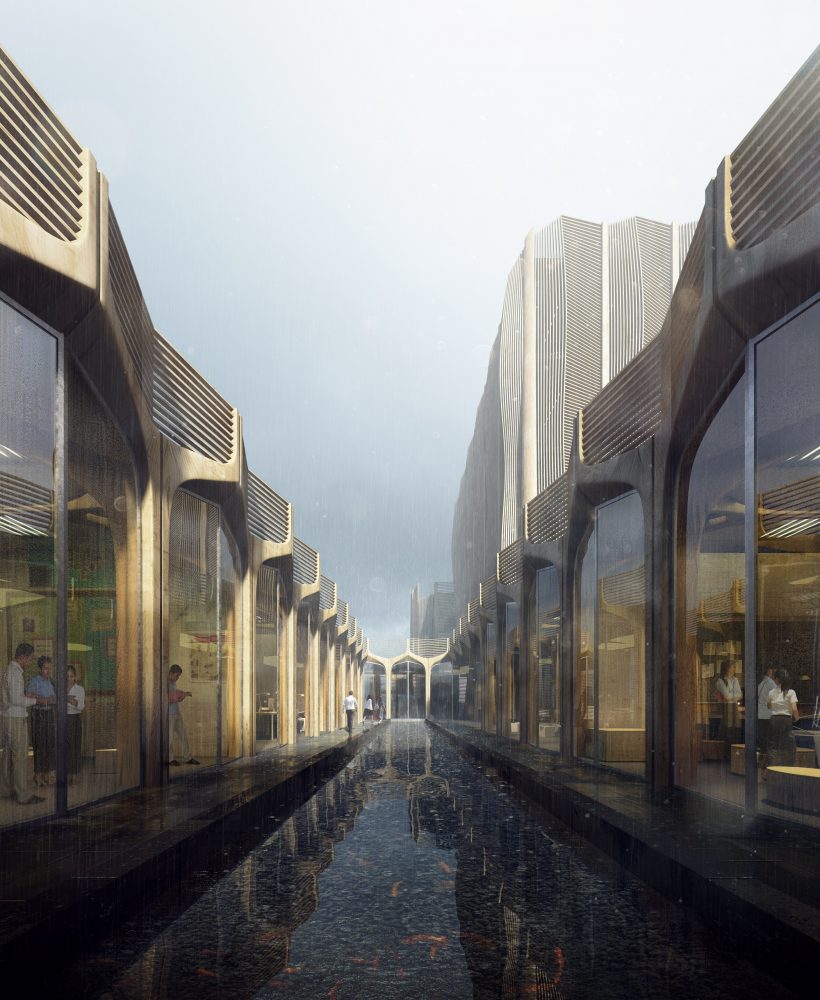
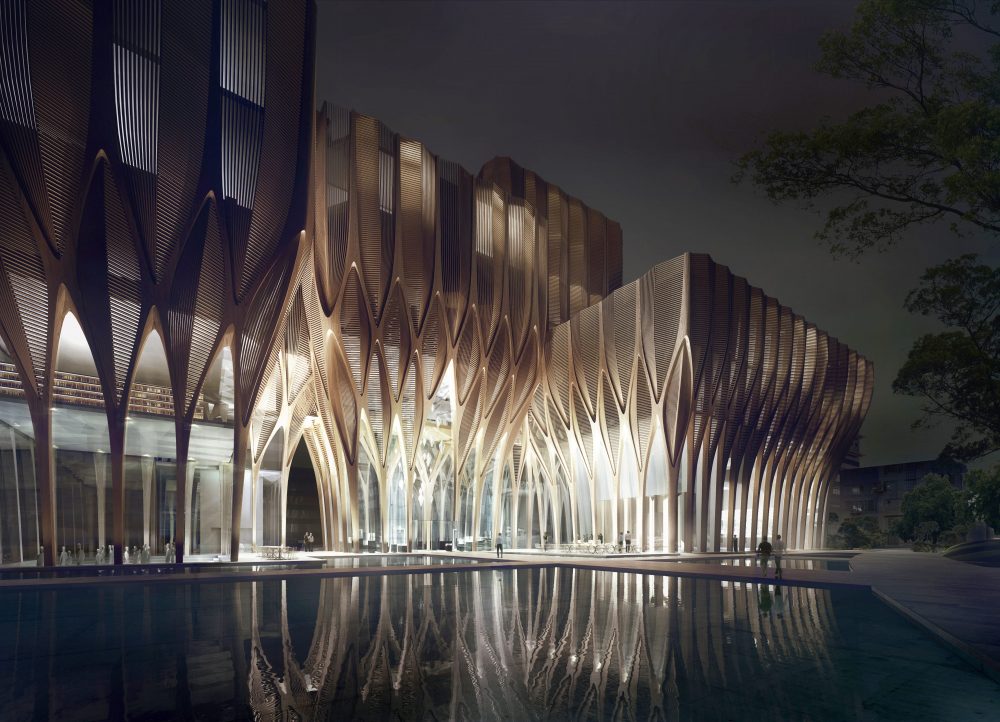
Category Educational
